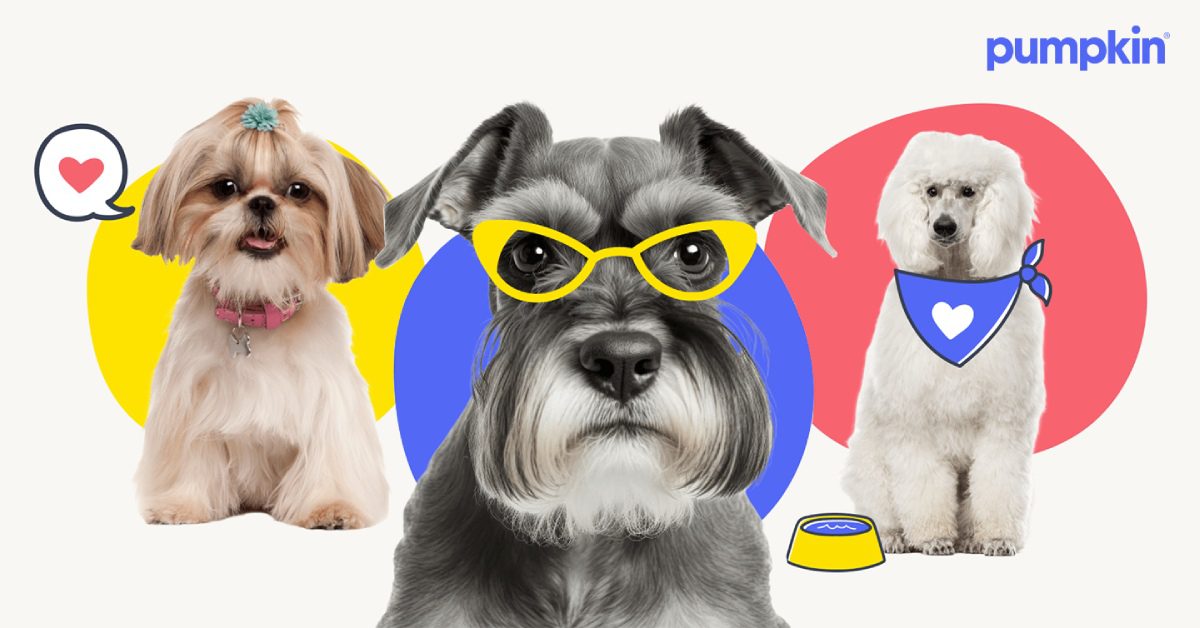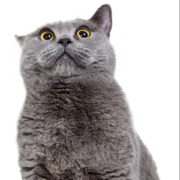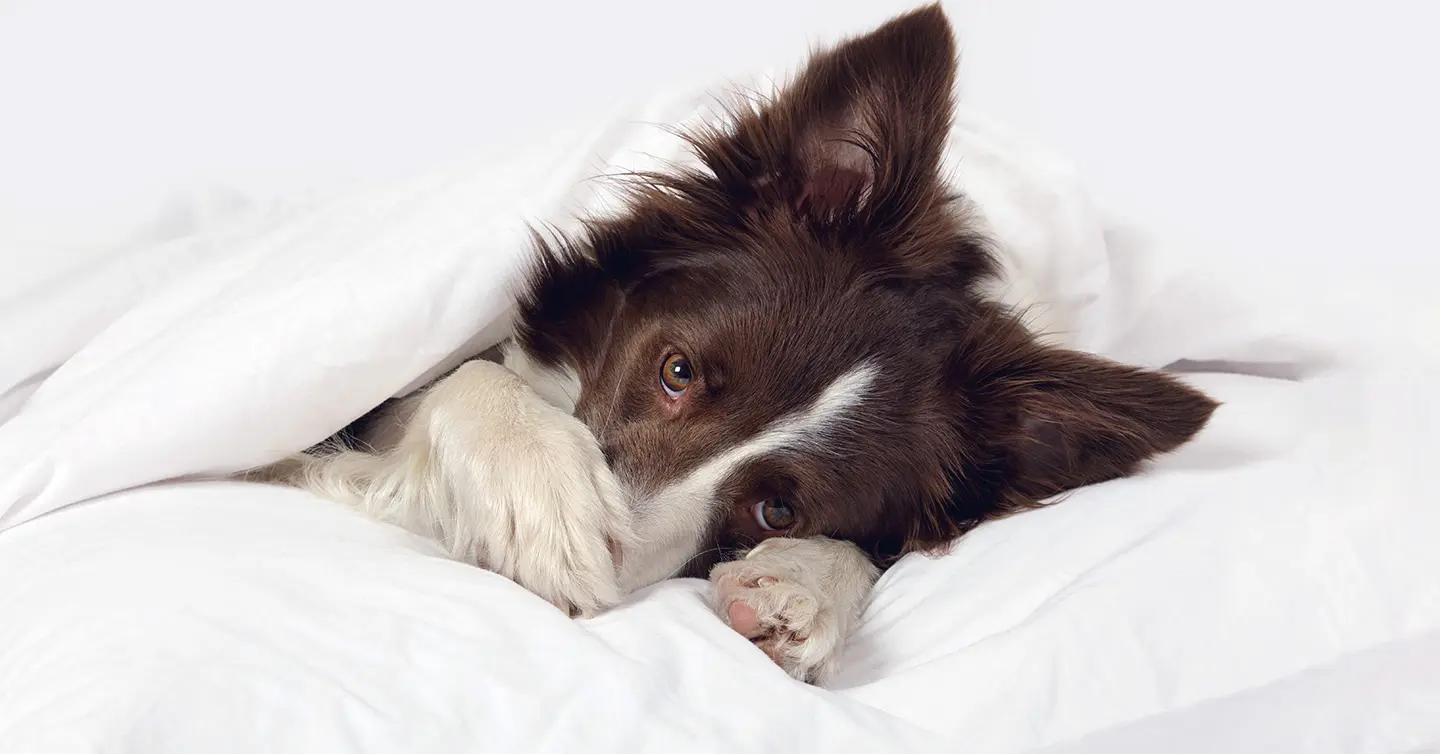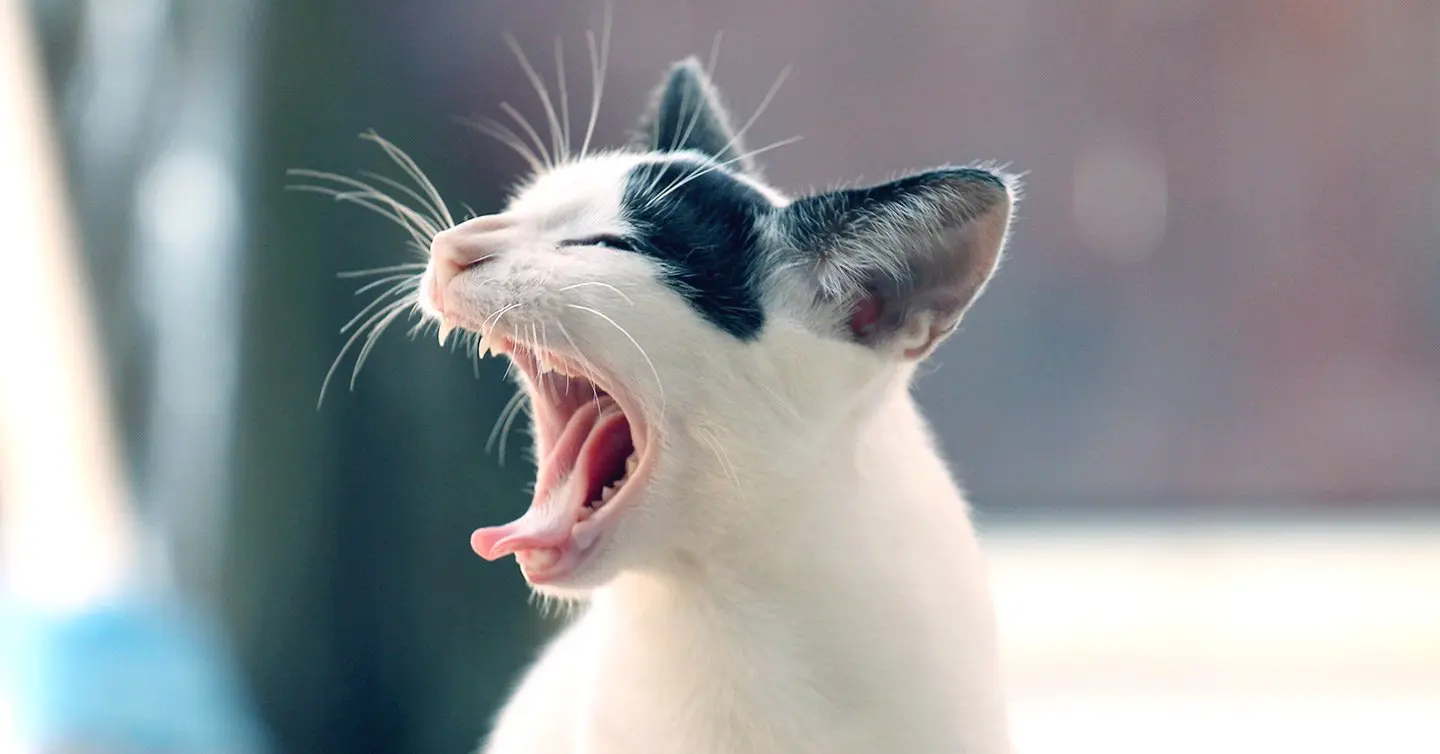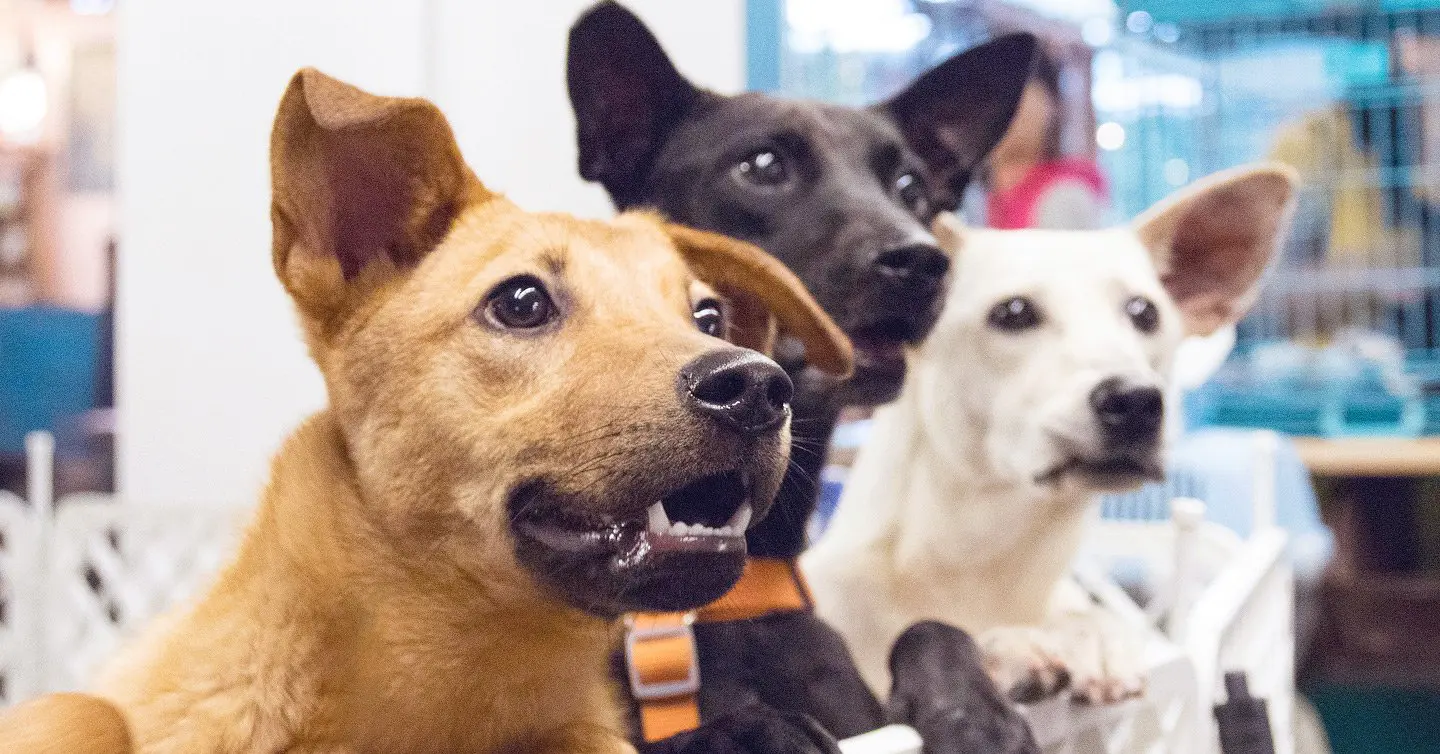Key points
- There are low-shedding dogs of all shapes and sizes, including the Maltese, Bichon Frise, and Poodles.
- Curly-haired dogs like Goldendoodles usually shed less, which makes them popular among allergy sufferers.
- Unfortunately, there’s no such thing as a 100% hypoallergenic dog.
If you grew up in a house covered in pet hair, then you know that eventually you just get numb to all that fur. No matter how diligently you clean or brush, some hair always ends up on your couch and clothes. If that’s what you’re used to, then dogs that don’t shed might seem like creatures out of myth, like a kind of canine unicorn. But dogs that don’t shed are very real — and very lovable. They could also be the perfect fit for people who are allergic to dogs, as low-shedding breeds may cause less of an allergic reaction.
The best hypoallergenic dog breeds can be kinder on folks with allergies, but that’s not the only reason people seek out these pups. Dogs that shed a lot often require their parents to use a lint roller on a daily basis and to vacuum a lot. Meanwhile, Doodle parents are out there living their best fur-free life.
The difference between dog hair and dog fur
While people often use these terms interchangeably, there’s a difference between these types of dog coats — a difference that makes a big difference when it comes to shedding.
Dog hair is typically more smooth and silky, while dog fur is generally coarse and fluffy. Hair grows continuously and for longer periods of time; however, fur only grows to a certain length before shedding. Most dogs have coats of fur, but some low-shedding dogs are famous for their long curly hair.
Dogs that shed less have longer hair growth cycles, meaning their hair grows longer and sheds less frequently. But the lack of fur to clean up isn’t the only reason people love these dogs. Read on to discover some of our favorite dog breeds that shed much less than the average pup.
Our favorite low-shedding dog breeds
Remember: no dog is 100% hypoallergenic, and most allergies to dogs have to do with dander, not fur. And even though some dogs may be low shedding, all dogs shed somewhat. But if you’re searching for a dog that doesn’t shed a lot, consider these popular low-shedding breeds, from adorable lap dogs to brave and adventurous hunters.
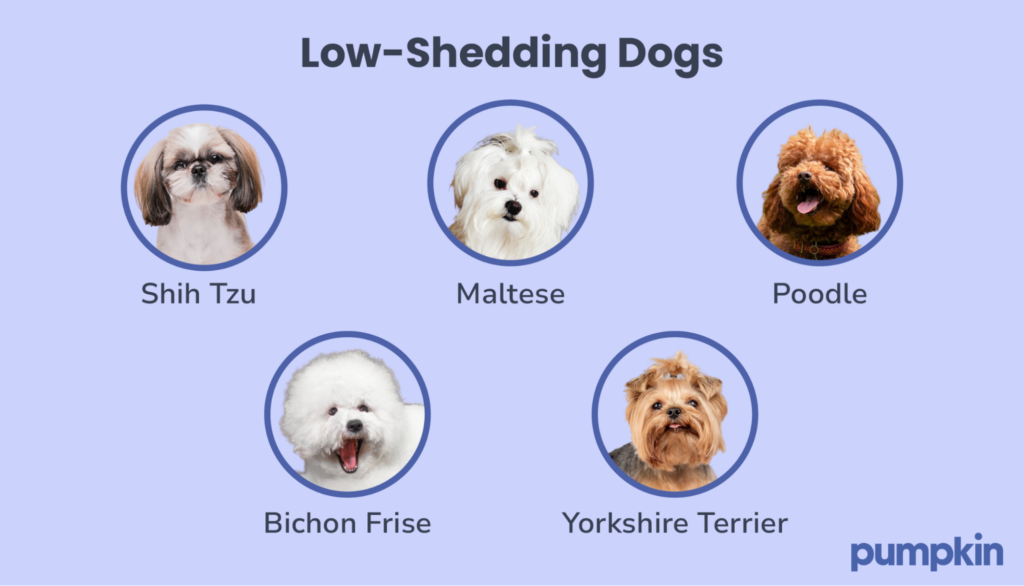
Here are 10 breeds worth considering if you’re looking for dogs that won’t leave your couch covered in pet hair.
1. Poodles
One of the most versatile and iconic breeds, Poodles come in three sizes: standard, miniature, and toy. These dogs have oodles of class, and they’re known to carry themselves proudly. They have well-proportioned, elegant bodies with a curly, dense coat made of hair, not fur. Because of this, they shed much less than most other pooches.
Perhaps less known: Poodles were bred as hunting dogs, and their distinctive, elaborate grooming styles were originally designed to shield their joints while they waded through water to retrieve small game.
Today, it’s the poodle’s low-shedding coat that makes them popular among those with allergies. While you might have less hair to clean, regular grooming, brushing, and haircuts are essential for Poodles. This is an important consideration if you have a mild allergy or want a low-maintenance dog. If you or your family members are unable to groom a dog regularly, a Poodle may not be the best choice.
2. Doodles
Technically, Doodles aren’t recognized as an official dog breed, but we love them too much not to include them here. These mixed-breed dogs have one Poodle parent mixed with another breed, including Labrador Retrievers, Golden Retrievers, Cocker Spaniels, Schnauzers, and the list goes on. They’re intelligent, easily trainable, and low-shedding. In recent years, Goldendoodles have become particularly popular, in part because they shed so little, just like their poodle parents.
These hybrids combine the intelligence and low-shedding qualities of Poodles with the friendly and affable nature of their other breed counterparts. Due to the Poodle’s low-shed coat, Doodles typically inherit a coat that is easier on allergy sufferers, though they’re not entirely allergen-free.
Their coats — which can range from straight to wavy to curly — require regular grooming to prevent matting and maintain overall coat health. Specifically, owners should brush their Doodle’s coat nearly every day to prevent mats from forming.
3. Xoloitzcuintli
If you want a truly eye-catching breed, consider the Xoloitzcuintli (Xolo for short). This is a unique-looking dog breed known for its hairlessness, though a coated variety also exists. They have a distinctive head with a wrinkled brow, almond-shaped eyes, and large, bat-like ears.
The hairless Xolo actually requires considerable grooming because of their exposed skin. Regular baths are necessary, along with the application of sunscreen or the use of protective clothing to prevent sunburn. In colder climates, they should be outfitted with sweaters or coats to make sure they stay warm.
4. Bichon Frise
These toy-like, fluffy dogs can instantly steal anyone’s heart, but did you know that they are also among the least shedding breeds? Bichon Frises have a curly, dense coat that’s unlikely to trigger dog allergies. But, like any other curly coat, it requires frequent grooming.
Bichon Frises are a top pick if you want a family dog that doesn’t shed — they crave being the center of attention, and they’re excellent with kids. They’re also alert and responsive, making them good watchdogs.
5. Maltese
Maltese pups look truly royal, and that’s because they are. You can find them depicted in old oil paintings, surrounded by ancient royals and nobles. With a history that dates to pre-Biblical times, the Maltese is an elegant, charming family dog that barely sheds.
Famed for their pure white, long, flowing coats that often reach the floor, Maltese dogs also boast a strong, balanced physique. However, they require regular brushing to maintain their silky hair and prevent matting. (They possess a single coat of hair.)
Since their hair can grow quite long, it’s important to schedule professional trims regularly to keep their coats healthy and clean. A groomer can also help manage the hair around their eyes to ensure it won’t impair their vision.
6. Shih Tzu
It’s a lucky coincidence that many low-shedding dog breeds are also among the cutest dog breeds. The Shih Tzu is no exception. Due to their flat, pushed-in nose, the Shih Tzu boasts adorable facial expressions. Their body is sturdy, with a nicely rounded head and captivating eyes.
Although these dogs have a luxuriously flowing double coat, they don’t lose that much hair. Their coat often reaches the ground, giving them an elegant, somewhat show dog-like look. However, their long hair requires serious maintenance to prevent mats and knots.
Due to their flat faces, Shih Tzus may also be more susceptible to heat-related issues, so it’s important to keep them cool in hot weather. Additionally, this can make them messy eaters.
7. Schnauzer
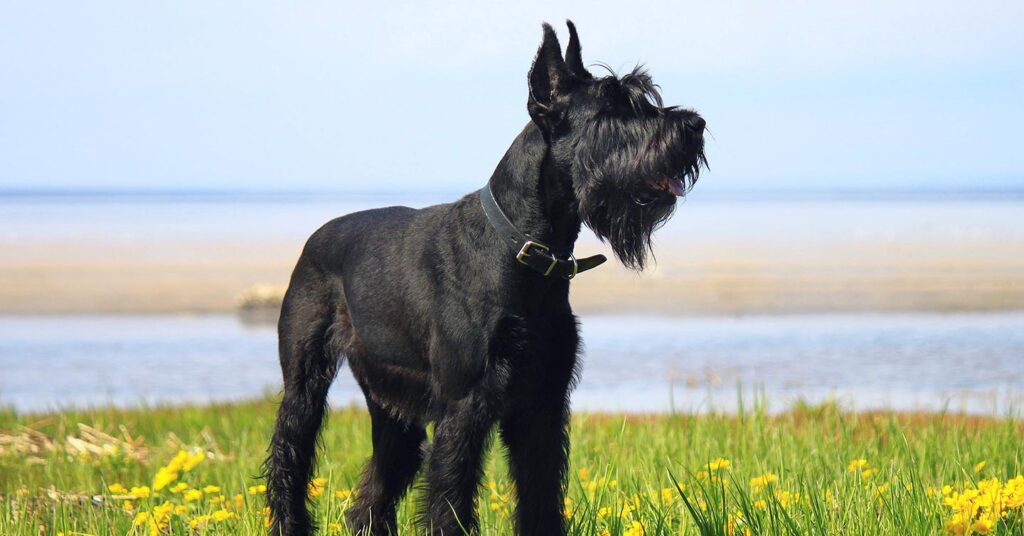
Schnauzers are hard to mistake for any other breed. These medium-sized dogs (which also come in the miniature or the giant Schnauzer variants) are known for their rectangular-shaped head and prominent beards and eyebrows.
Schnauzers are a German breed originally bred for ratting, herding, and guarding. As farm and military dogs, they’re loyal and protective, always ready to warn their humans about an approaching stranger. At the same time, they’re gentle and sweet around children.
These dogs barely shed when maintained in a “stripped” show cut, but they will shed somewhat more if their coats are merely clipped. Professional grooming is a must for retaining that unique Schnauzer look and a hair-free home.
8. Scottish Terrier
Scottish Terriers may look hairy, but they’re considered light to moderate shedders. Just like Schnauzers, they have a distinct intelligent, determined look, reinforced by their bushy eyebrows, sturdy body, and a strong, straight back.
Scotties have a wiry, dense coat that comes in various colors. The coat gives them a rugged and dignified appearance — these dogs always look mature and attentive. Because of its length and structure, their coat needs regular grooming and professional care.
9. Yorkshire Terrier
Yorkies are known as ideal “purse dogs,” but they’re so much more than that. These dogs are tiny but classy, boasting a long, soft, shiny coat that’s pleasant to the touch. Their curious, charismatic gaze is also hard to resist.
The breed doesn’t shed much (and as a small dog, it doesn’t have much to shed anyway), but you’ll want to splurge on regular professional grooming to keep your Yorkie looking magnificent. Regular brushing at home is also a must.
Fun terrier fact: The American Kennel Club recognizes over 30 terrier breeds, ranging from popular ones such as the Boston Terrier and Jack Russell Terrier to lesser-known varieties like the Bedlington Terrier, Soft Coated Wheaten Terrier, Cairn Terrier, and Kerry Blue Terrier.
10. Basenji
This hunting breed has its roots in Africa, where Basenjis were originally bred to hunt small game in dense forests. These dogs are known for their unique yodel-like vocalizations, athletic appearance, and distinctive head with a furrowed brow.
Basenjis have a short, fine coat that requires minimal grooming and sheds very little. Interestingly, Basenjis are meticulous self-groomers and often lick their fur to keep it clean. This cat-like behavior also results in a less pungent doggy odor.
Why do some dogs shed less?
Dogs shed to remove old, damaged, or extra hair. However, the amount they shed varies across breeds due to genetic differences, grooming practices, and health status.
Genetic factors
The main reason some dog breeds shed less lies in their genetics.
Breeds such as Poodles, Maltese, and Shih Tzus have coats that grow continually, necessitating frequent grooming to avoid mats and tangles. These breeds typically feature a single layer of hair, in contrast to double-coated breeds like Huskies and German Shepherds, which experience substantial seasonal shedding. The single coat is less dense and, therefore, sheds less visibly.
Hair growth cycle
Each dog’s fur goes through a growth cycle that includes phases of growing, resting, and shedding. Low-shedding breeds have a longer anagen phase, where their hair grows continuously. This results in less frequent shedding as the hair doesn’t transition quickly to the shedding phase. In contrast, breeds with a rapid turnover of hair go through these cycles more quickly, resulting in more noticeable shedding.
Grooming and care
Grooming, while less central than genetics, also influences how much a dog sheds. Regular grooming, including brushing and sometimes professional trimming or clipping, can greatly reduce the appearance of shedding. And for dogs with curly or long hair, grooming helps to remove loose hairs that are trapped within the coat.
Health and nutrition
A dog’s overall nutrition impacts a range of different areas, including their coat. Nutrient-rich diets designed for skin and coat health can strengthen hair follicles, potentially reducing excessive shedding. On the other hand, poor nutrition, stress, or underlying health issues can increase shedding.
While keeping stress levels at zero may be impossible, you can take practical steps to reduce shedding by ensuring your pup receives a balanced diet rich in essential fatty acids, maintaining a regular grooming routine, and providing regular veterinary care to address any underlying health concerns.
And with Pumpkin Pet Insurance plans, you can take your dog to the vet for future visits without worrying so much about your wallet. Pumpkin Pet Insurance plans provide coverage for many unexpected accidents and illnesses. That means less stress for you and your dog.
How to choose the right low-shedding dog
To make grooming a little easier on folks with dog allergies, ask someone without a pet allergy to brush your pet outside the home. Alternatively, you can perform those tasks while wearing a face mask and gloves (and make sure to shower after).
Even if you don’t suffer from allergies, you may still choose a low-shedding dog for other reasons. Any of the pups mentioned here would make a great addition to your family.
Learn more about popular dog breeds with our dog breed directory. When you’re ready, you can choose your new best friend with confidence.
FAQs
- https://www.discoverwildlife.com/animal-facts/mammals/difference-between-hair-and-fur
- https://www.akc.org/expert-advice/dog-breeds/do-hypoallergenic-dog-exist/
- https://dogtime.com/reference/89328-breeds-not-recognized-kennel-clubs
- https://www.akc.org/expert-advice/dog-breeds/maltese-history/
- https://arrowdogcat.com/news/brachycephalic-the-short-nosed-breeds-avoiding-a-crisis-during-the-summer-heat/
- https://www.basenji.org/BasenjiU/Owner/Handbook/HandPDF/IntroductionOG.pdf
- https://www.akc.org/dog-breeds/terrier/
- https://www.aaha.org/resources/pets-and-shedding/
